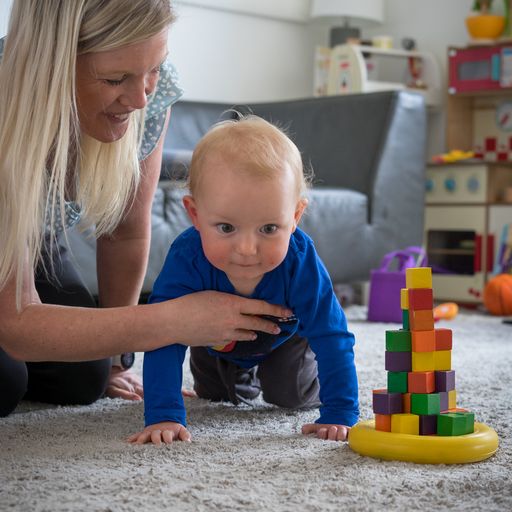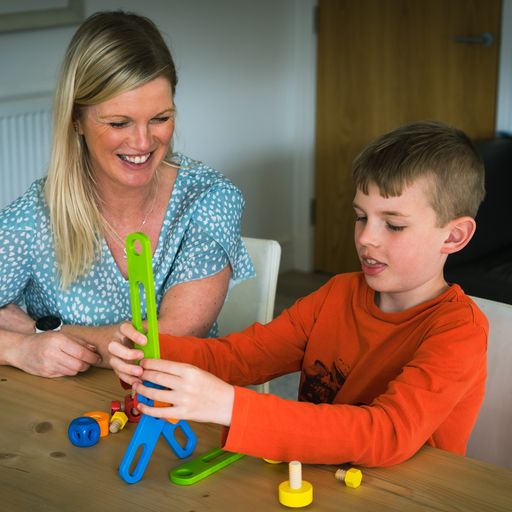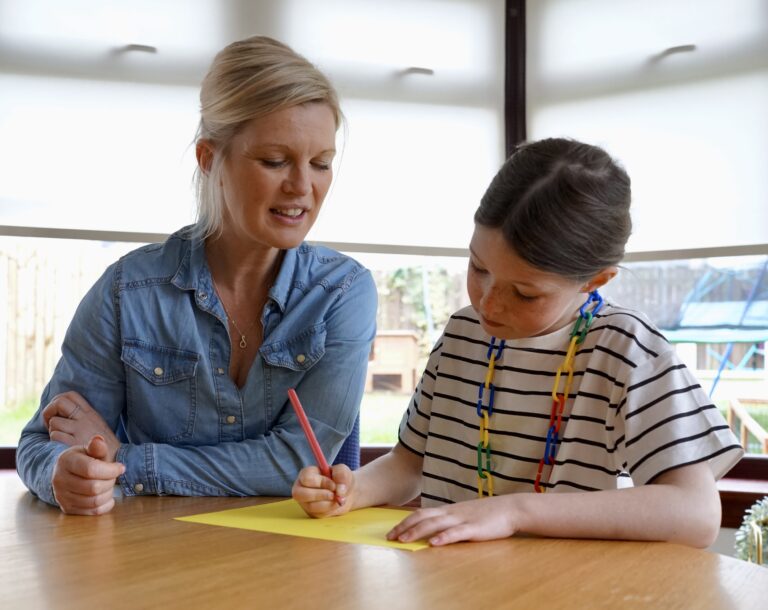Sensory Processing Challenges
An occupational therapist can provide vital support for children facing sensory processing challenges, guiding them toward comfort and confidence.

Please download this free brochure of advice to get you started in supporting your child right away.
How can a Paediatric Occupational Therapist help a child with Sensory Processing Challenges?
Sensory processing challenges can affect how a child responds to everyday sights, sounds, textures, movement, and more. Some children may be overwhelmed by sensory input, while others may not seem to notice it at all. I help children understand, regulate, and respond to sensory information so they can feel safe, focused, and comfortable in their bodies and environments Here’s how I can help :
1. Understanding Your Child’s Sensory Profile
Every child experiences the world differently. I begin by assessing how your child responds to sensory input—whether they are sensory-seeking, sensory-avoiding, under-responsive, or a combination. Understanding their unique sensory needs is the first step toward meaningful support.
2. Creating a Sensory Diet
A "sensory diet" is a personalised plan of sensory-rich activities that help your child stay regulated and alert throughout the day. This may include:
Movement breaks
Deep pressure input
Calming strategies
I provide training and guidance to families and educators in using these strategies at home and school.
3. Improving Body Awareness and Coordination
Children with sensory processing difficulties may struggle with balance, coordination, or motor planning. Through play-based activities, I help improve body awareness and confidence in movement—so everyday tasks like walking, climbing, dressing, or writing become easier.

4. Supporting Emotional Regulation
Sensory overload can lead to meltdowns, withdrawal, or emotional outbursts. I help children learn how to recognise their sensory needs and use tools and strategies, such as zone of regulation, to support child maintain calm, focused, and in control.
5. Adapting the Environment
I work with families and teachers to create sensory-friendly environments. This may include adjusting lighting, reducing background noise, creating quiet spaces, or incorporating sensory tools into the child’s daily routine.

6. Building Everyday Skills
Sensory challenges can affect everyday routines—like brushing teeth, wearing certain clothes, or eating a variety of foods. I use gentle, child-led approaches to help build tolerance with daily tasks.
Together, we can help them shine
Reach out for an assessment and let’s partner to foster your child’s confidence, one thoughtful step at a time.
